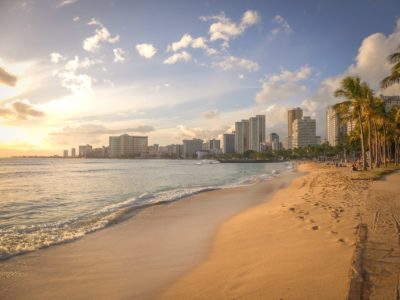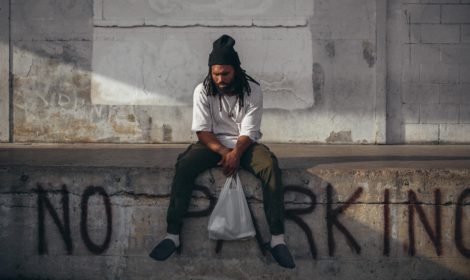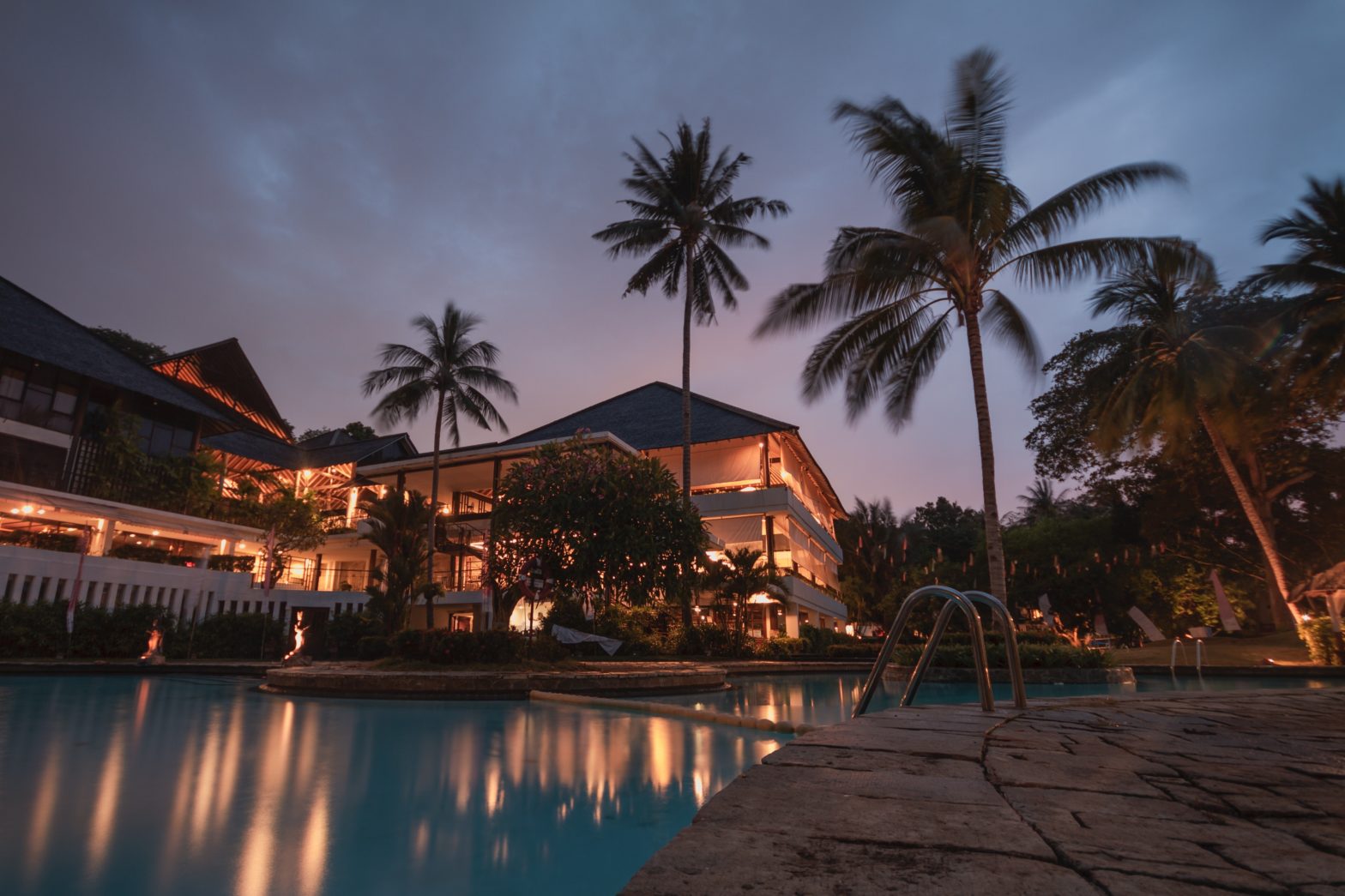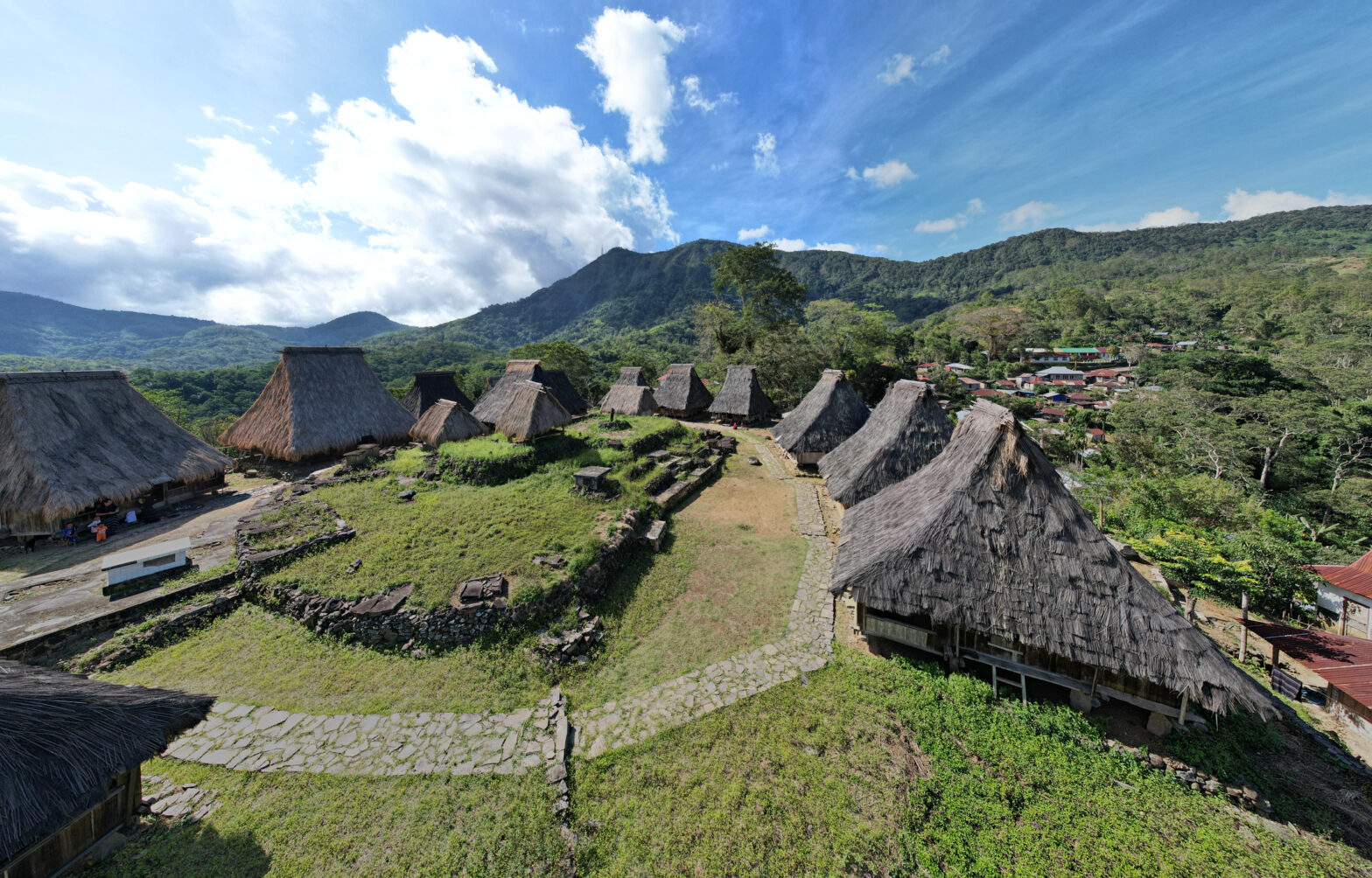Every year, tourism in Hawaiian increases as people search for sunshine, waves, and sandy beach shores. Hawaii is one of the most popular travel destinations in the United States and has also become increasingly popular among individuals looking to break into the vacation rental unit industry via homestay companies like Airbnb and VRBO.
However, with every resort and vacation home that pops up on the islands, more and more native Pacific Islanders are being pushed into homeless camps that litter the island. For decades, native Hawaiians have struggled to maintain autonomy over their land and, due to a multitude of factors, have faced threats of homelessness since the state’s US acquisition. This incident is not isolated to Hawaii either and plagues many of travelers’ favorite tropical destinations.
In this article, we’ll explore the growing homeless crisis, discuss how tourism in Hawaii is contributing to the issue, and analyze how the travel and tourism industry has directly impacted the homeless rate in Hawaii.
What’s Happening

Homelessness in Hawaii has been a major state-wide issue for a long time. The state is ranked second highest in the nation for its rate of homelessness per 10,000 people. Although they only account for 10 percent of the population, Native Hawaiians account for 51 percent of the state’s homeless population.
For many Native Hawaiians, their experience with homelessness began the moment Captain James Cook stepped foot on the island to conquer it. Like many other countries, colonization and imperialism destroyed the way of life most natives were used to in Hawaii. Disease and famine ravished their communities and laborers imported from other countries encouraged the deaths and displacement of Native Hawaiians, leading to extreme rates of homelessness as early as 1893.
Of course, the US government felt remorseful for this atrocity. So they passed a lackluster reparation bill, the Hawaiian House Commission Act of 1921, to counteract the homeless issue by providing affordable housing and land for displaced Natives. However, as years passed, this act has become outdated and is counterproductive to house the 4,448 people facing homelessness.
The tourism and travel industry has also contributed significantly to the extreme homelessness happening in Hawaii. While many travelers flock to the resorts and beachside homes each year for vacation, thousands of Native Hawaiians remain unhoused due to the extreme cost of living on the islands.
“Neocolonialism under the pretense of tourism continues to assert itself as a dominating force in the Hawaiian economy,” said Noah Jordan Magbual in his essay Paradise for Tourists, a Struggle for Natives: Native Hawaiian Homelessness in the Hawaiian Islands.
In his essay, Magbual describes the impact the vacation rental unit (VRUs) industry is having on the Native Hawaiian population. These homes, which are used for visiting parties coming to Hawaii for less than 30 days, usually resonate in the form of listings on popular sites like Airbnb and VRBO. Although it is not intentional, VRUs cause severe injury to Native’s ability to afford housing in Hawaii.
Why This Is Happening

Like Hawaii, many other places around the world have fallen to neocolonialism in the form of tourism. The lack of affordable housing in Hawaii is happening because of a variety of different factors.
One of the main reasons is the policy limitation surrounding the Hawaiian Homes initiative from 1921. According to a report from the US Department of Housing and Development, the initiative set aside more than 200,000 acres of land to build affordable housing. Unfortunately, in order to qualify to live there, residents had to prove at least 50 percent Native Hawaiian ancestry.
Because many foreign laborers from China, the Philippines, and Japan were brought to Hawaii when it was annexed by the US, the number of “pure” Native Hawaiians has dwindled and the number of mixed race Hawaiians has increased significantly. This barrier excludes many Native Hawaiians from being able to access affordable housing on the islands.
Tourism also plays a huge role in contributing to the homeless crisis in Hawaii. According to Magbual, the problem with VRUs is that they are usually owned by non-residents. In Maui, 52 percent of homes are sold to non-residents and 60 percent of condos and apartments are sold to investors and second homeowners.
Vacation Rental Unit Takeover

Pixabay.
Magbual believes VRUs pose multiple threats to affordable housing in Hawaii. The first issue is that they limit the supply of available housing to locals and Native Hawaiians.
According to the Department of Business, Economic Development, and Tourism, 64,700 to 66,000 homes are needed at an affordable price to accommodate the growing demand for homes. Meanwhile, many VRUs remain unoccupied for long periods of time.
The second concern with VRUs is that they result in the withdrawal of housing from the residential market, directly driving up housing costs. Places like San Francisco have also experienced these issues, and it makes it difficult for locals and Natives to attain homes at a reasonable price.
Currently, in Hawaii, there are more than 10,000 VRU listings and the number is steadily rising each year.
How This Can Be Resolved

Despite its limitations, the Hawaiian Housing initiative is still helping some Native Hawaiians who meet the requirements to receive affordable housing. There are also several community organizations like the Housing First project and the Hawaii Pathways Project (HPP) that work to minimize the homeless crisis on the islands.
There have been protests toward reforming the Hawaiian Housing initiative, as well as enforcing stricter sanctions on VRU violations to decrease the rising number of illegally operated VRUs.
Airbnb has joined in this quest to help crackdown on these illegal VRUs. In July 2021, Airbnb and Maui County announced the signing of an agreement to enable the County to better enforce its short-term rental rules. This led to Airbnb removing more than 1,300 listings that did not comply with the terms of that agreement. The company also has a similar agreement with Kauai County and is continuing to be transparent and honest in its endeavors in the Hawaiian community to create more opportunities in the market.
“Airbnb was started when our founders couldn’t make their rent, and countless people use Airbnb to stay in the homes and communities they love,” said a representative from Airbnb. “Of course, we also want to work with communities to address their concerns – and we work closely with communities on rules and regulations that help make their cities stronger and better places to live and visit, including across Hawaii.”
Even more so, Airbnb says short-term rentals aid in boosting the economy of the cities they’re in and provide an additional source of income for many locals in many places around the world, including Hawaii.
Still, homelessness in Hawaii remains a major problem and tourism does play a role in the shrinking availability of housing for locals and Native Hawaiians to live in.
In his essay, Magbual says although laws need to be reformed and more advocates are needed for the homeless population, there needs to be some accountability for the systematic destruction of the Hawaiian natives both in the past and present.
“However, engaging directly with Native Hawaiian communities, acknowledging the historical trauma of colonization, and prioritizing their needs will be essential to mitigate homelessness in Hawaii,” Magbual said.





